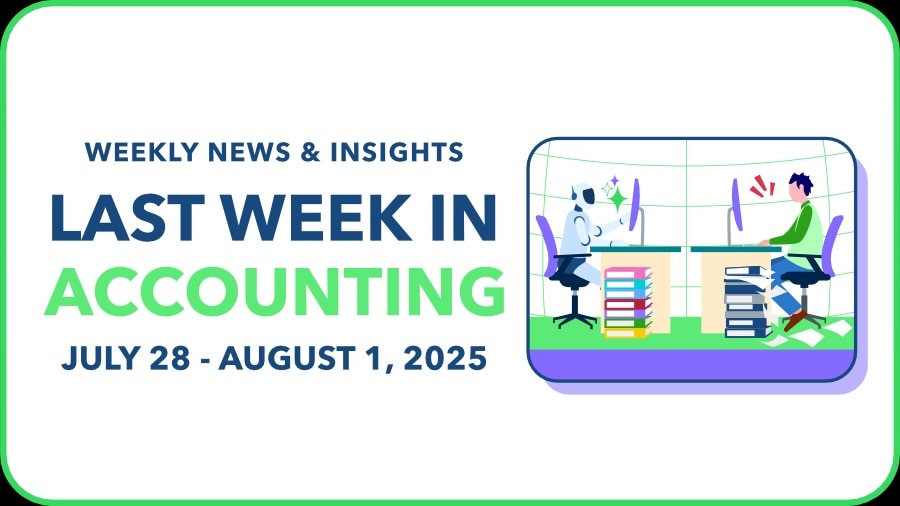🔍 Top headlines
AI adoption accelerates, reshaping advisory work and tech strategies
A new 2025 Intuit QuickBooks Accountant Technology Survey offers a sweeping look at how firms are adapting to a rapidly digitizing profession—and where friction still lingers. Based on insights from 700 US accounting professionals, the report reveals that AI and automation are now central to client-facing and internal workflows. Nearly half of respondents use AI daily, with 81% reporting that it boosts productivity and 95% saying it frees up compliance time, allowing them to shift into higher-value advisory roles. Still, integration challenges, tech resistance, and talent shortages continue to hinder progress, especially as firms juggle an average of eight digital tools at once.
Interestingly, advisory is where growth is expected to surge most, with 79% forecasting expanded services in the next year. Meanwhile, firms are doubling down on recruiting for tech skills, outsourcing for efficiency, and standardizing their tech stacks. The big picture: Accountants aren’t just using new tools—they’re redefining the shape and scope of their work.
Mergers, strategy, and specialization reshape firm rankings
The 2025 INSIDE Public Accounting (IPA) rankings are out, and this year’s list reflects a profession in transition. Strategic mergers such as Baker Tilly’s headline-making combination with Moss Adams, propelled firms into new territory, with Baker Tilly leaping from No. 10 to No. 6. Newcomer to the list, Sorren, formed by the merger of 13 regional firms, debuts at No. 61, signaling how scale and synergy continue to drive relevance.
In an interview with Bloomberg Tax, IPA’s Chelsea Summers points to a growing divide between firms that merely grow and those that evolve. Independent firms are climbing the ranks by honing niche specializations, expanding advisory offerings, and investing in operational strategies such as outsourcing and offshoring. It's a pivotal moment for the profession, where clarity of vision and willingness to adapt are emerging as key indicators of firm longevity.
FASB eases credit loss forecasting burden for receivables
The Financial Accounting Standards Board (FASB) has issued a new Accounting Standards Update aimed at simplifying how companies, especially private ones, handle forecasting when estimating credit losses on accounts receivable and contract assets. The update responds to stakeholder concerns about the complexity and cost of applying Topic 326 to current receivables under Topic 606.
The new guidance introduces two key changes:
- A practical expedient for all entities to assume stable conditions over the asset’s remaining life.
- An optional policy for private companies to factor in post-balance sheet collection activity.
These updates are expected to streamline the credit loss estimation process while maintaining useful information for investors.
The update is optional, but it offers firms a meaningful way to reduce reporting friction, especially when working with near-term receivables and time-sensitive statements.



